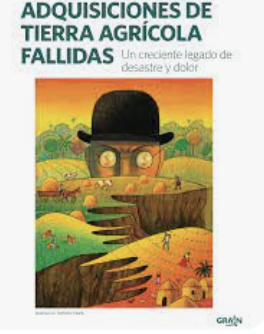The future of agriculture in the shrinking suburbs: The impact of real estate income and housing costs
This paper offers solutions to some of the challenges around maintaining productive agricultural land close to cities in countries facing a decline in urban populations. In such circumstances, some farmers have been observed to convert their land into real estate and leave farming before land prices decline, therefore decreasing the area of agricultural land close to large cities. In contrast, many suburban farmers in developed countries remain in farming even when land prices decline and suburbs shrink.





